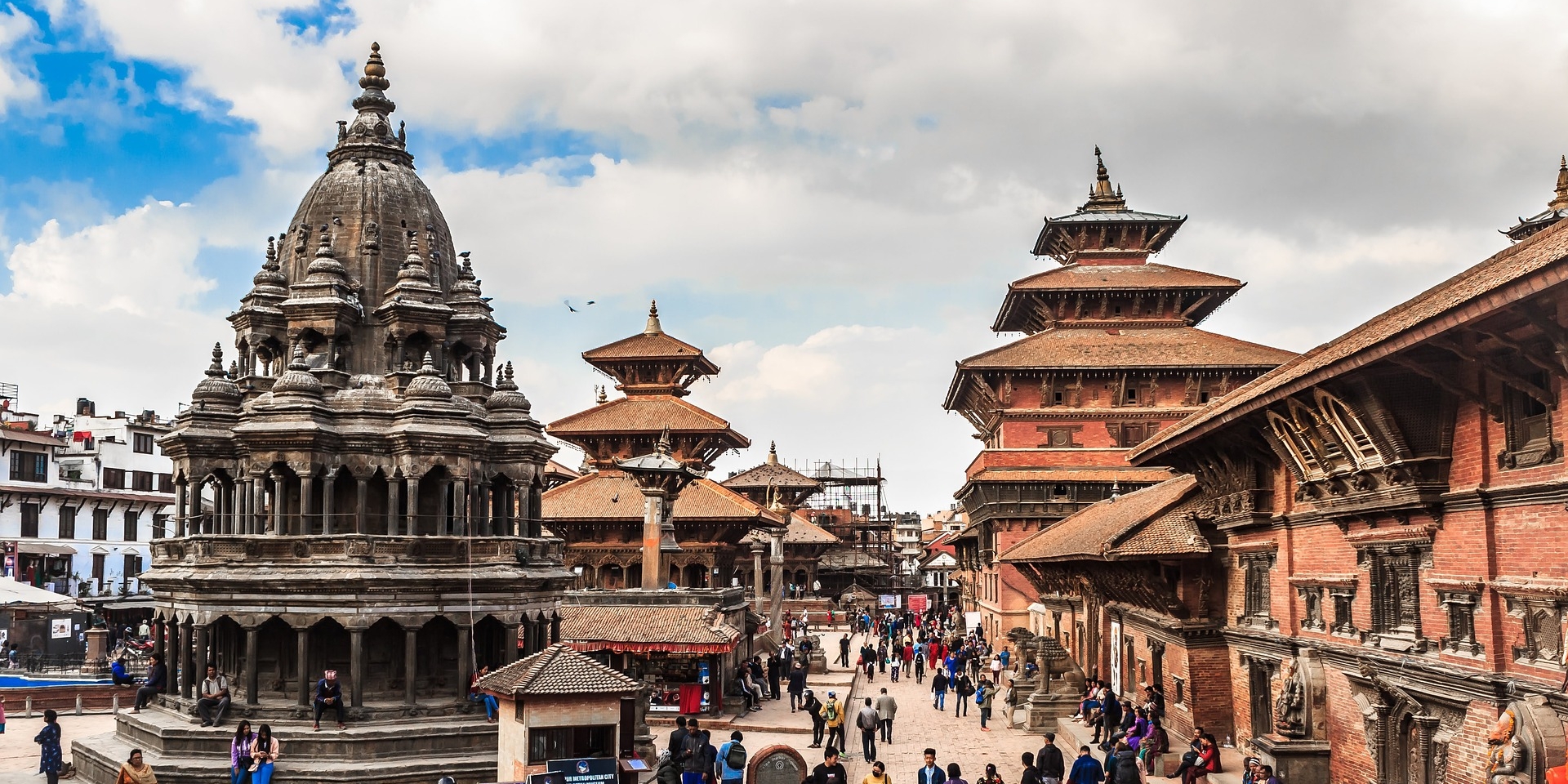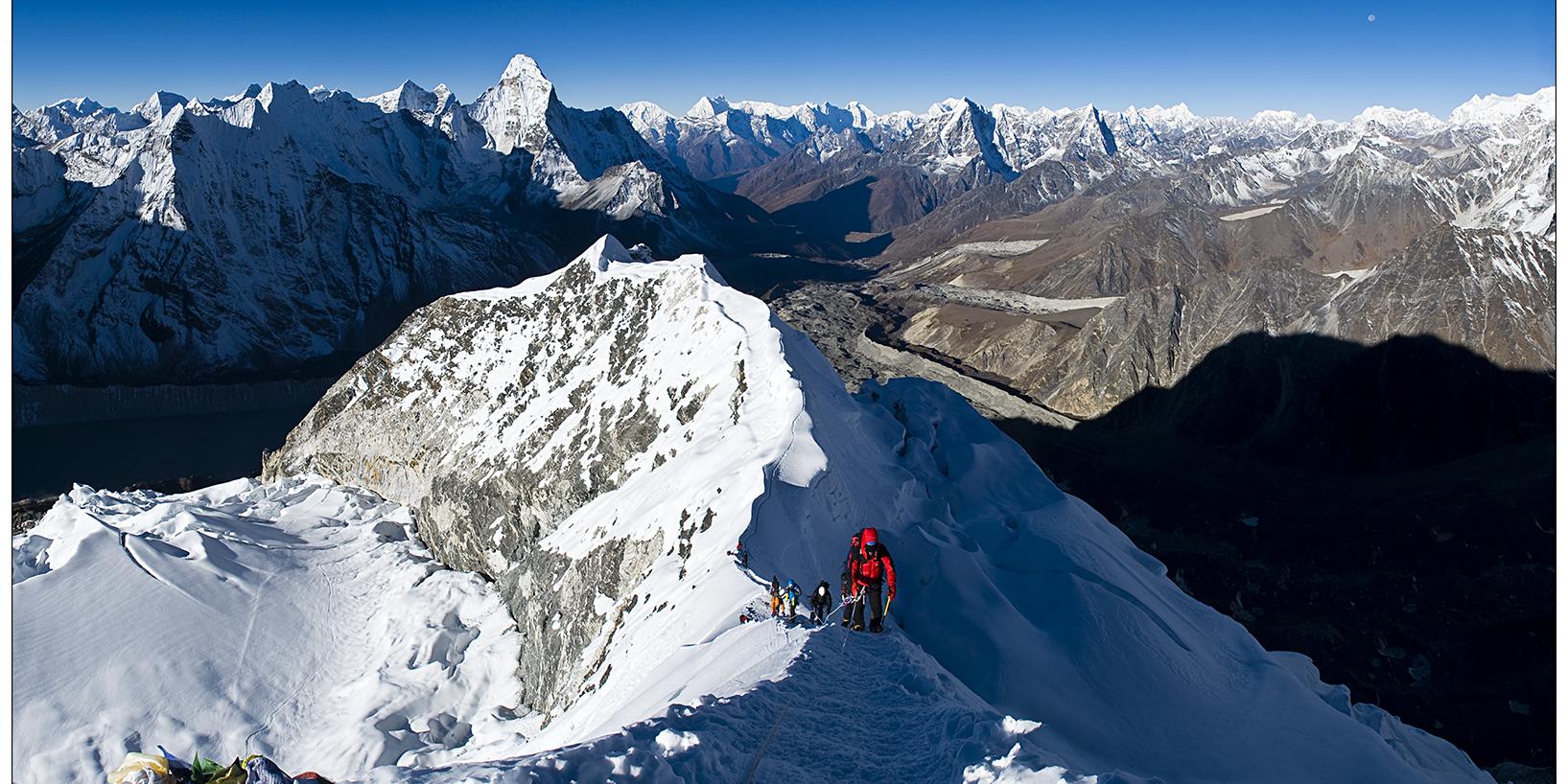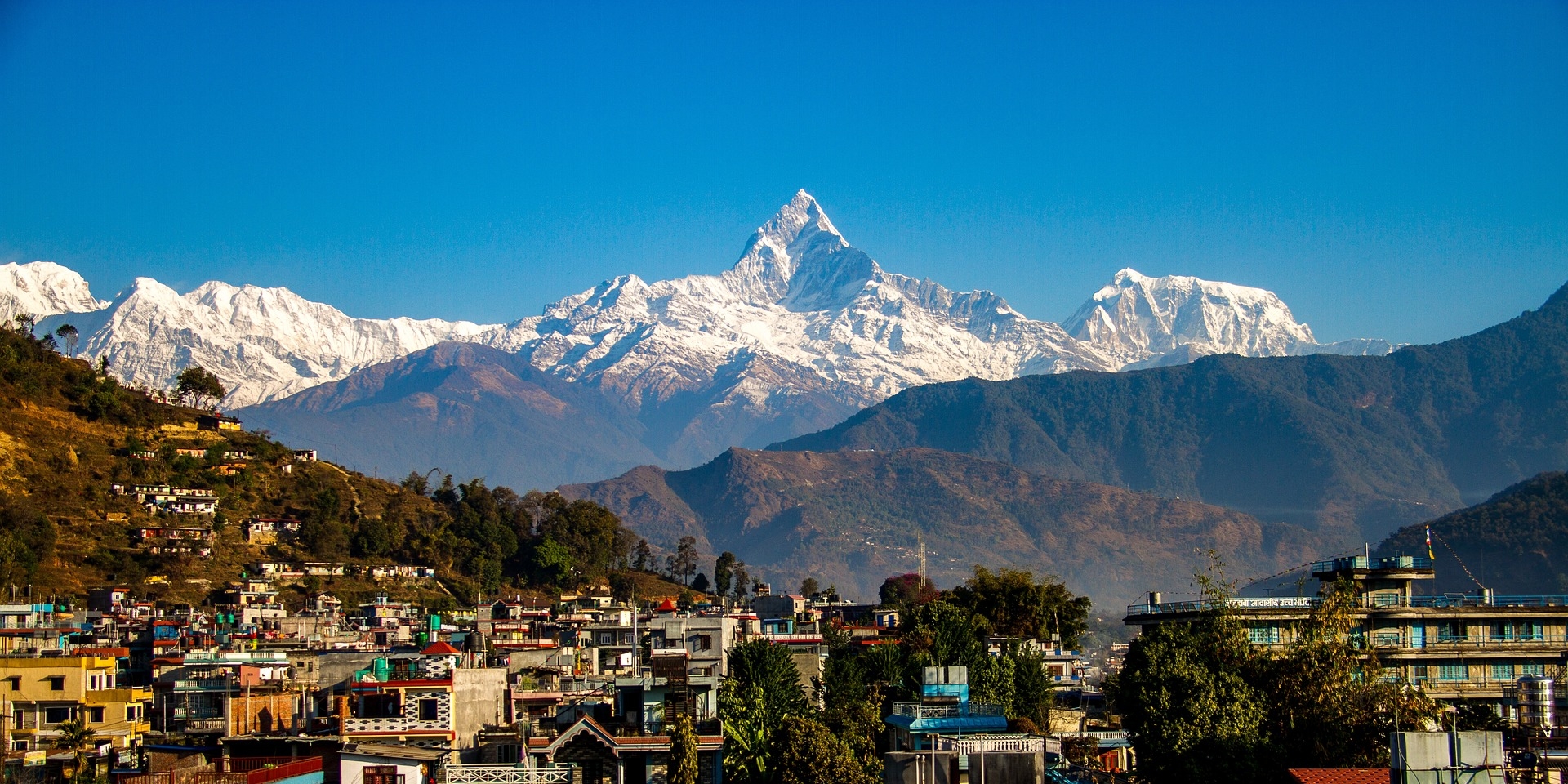Nepal World Heritage Sites
NEPAL WORLD HERITAGE SITES ‘an amazing country of historical monuments with World Ten Heritage Sites’ Overviews:Nepal World Heritage Sites. At pr...

NEPAL WORLD HERITAGE SITES ‘an amazing country of historical monuments with World Ten Heritage Sites’
Overviews:
Nepal World Heritage Sites. At present, there are ten beautiful places designated as UNESCO World Heritage Sites. Interested travelers can visit from the warm lowland of the Terai belt to cooler hills.
Extending towards the arctic zone of the mountainous region around the high Himalayas. Nepal's World Heritage Site is a natural and artistic wonder with the world's highest Mt. Everest, with renowned religious temples. Including ancient Buddhist monuments, with a classic ancient palace and royal courtyards to the birthplace of Lord Buddha of Lumbini. Where visitors can enjoy traveling to all these fascinating places, starting from Kathmandu, Patan / Lalitpur, and Bhaktapur cities.
The World Heritage Site extends beyond Kathmandu Valley to Chitwan National Park to Lumbini, the birthplace of Lord Buddha. As well as heading higher toward the Everest region within beautiful Sagarmatha National Park enriched with exotic flora and fauna.
Besides famous world heritage sites, Nepal is also famous as the land of festivals. Where exciting traditional and religious events take place all around the seasons of the year round. Visitors will be amazed by the warm hospitality of the Nepalese, as well as their dedication to its heritage custom. Visitors to Nepal can enjoy exploring the beautiful scenic areas and historical to religious World Heritage Sites.
NEPAL TEN WORLD’S HERITAGE SITES:
PASHUPATINATH TEMPLE:
Pashupatinath temple is revered as the holiest of all holy sites for all Hindus around the world. The Pashupatinath Temple is one of the holiest pilgrimages sites for Hindu followers and devotees. As per the Hindu myth and religion, the sacred site is considered the protector of the universe. Regarded as a patron deity of the Nepalese people, where worship and prayer are held every morning and evening time.
A beautiful architectural golden pagoda roofed temple, with silver doors on four cardinal sides. The main idol is a phallus of Lord Shiva sits in the middle of the temple shrine. Which is guarded by a golden-plated large Bull known as Nandi, the vehicle of Lord Shiva, and a companion. Having a strict rule for non-Hindus, not allowed to enter the main temple courtyard.
Visitors can observe the temple and religious activities from the east side of the Bagmati River. Outlined by a lovely cool forest with countless smaller shrines and monuments dedicated to Lord Shiva.
Once a year in February, a great colorful religious festival takes place.
As per the Hindu calendar an auspicious event, called ‘Shiva Ratri’ is the day and night of Lord Shiva's birth anniversary. Pashupatinath Temple was designated a UNESCO World Heritage Site in 1979 AD, the temple, exact date is unknown, but believed it was constructed in the 1692 Century.
02: BOUDDHANATH STUPA:
Close towards the north of Pashupatinath Temple premises, stands a large dome Stupa of Bouddhanath. The huge dome Stupa, regarded as the largest in Asia, is located east of Kathmandu city. The Bouddhanath Stupa area is also called ‘Little Tibet’, due to the mass number of local people of Tibetan origin. The massive mandala shape makes Bouddhanath Stupa one of the masterpieces and greatest works of craftsmanship. The base of the stupa structure consists of three large platforms, the size gets smaller heading upwards.
The Bouddhanath Stupa dates back to 600 AD and remains a sacred site for all Buddhism. One can witness pilgrims chanting prayers around the Stupa. The stupa is described as the five most promising elements representing Buddha that are earth, air, water, fire, and space.
Which is comprised of the architecture of the Bouddhanath Stupa.
The Bouddhanath magnificent stupa was designated in the list of UNESCO World Heritage Sites in 1979, the same year as Pashupatinath Temple.
03: SWAYAMBHUNATH STUPA:
Another exciting place is the Swayambhunath Stupa, the oldest Buddhist monument in the country. History of more than 2,500 years old, stands as the famous landmark of Kathmandu and Nepal. Located on a hillock, surrounded by a green lovely serene forest. The Swayambhunath is also called as Monkey Temple, due to the large number of monkeys that dwells around. The white-painted stupa with the four all-seeing eyes of Lord Buddha overlooks the city. The word Swayambhu has various meanings that Tibetans knows as the site of ‘Sublime Trees’. Where various species of plants are found around the forest located close to the Stupa.
The other name is Shing-Kun in the local Nepali language, but Swayambhu means a monument that was ‘self-sprung’. Visitors can reach Swayambhunath Stupa by taking a short drive heading west of Kathmandu city. As well as taking the long route with an adventure of climbing up 365 steps. Swayambhunath Stupa listed as UNESCO World Heritage Site in 1979, stands as a famous landmark of the country.
04: KATHMANDU OLD DURBAR SQUARE:
Kathmandu Old Durbar Square is the main charm and attraction on the first visit to Nepal in Kathmandu. Located in the heart of a busy bustling city, where ancient towering old palace monuments stand with its beautiful royal courtyard. The Old Durbar Square is also called Hanuman Dhoka the main entrance to the old Malla and Shah royal thrones. The Old Durbar Square was listed as UNESCO World Heritage in 1979.
The large square is the historic seat and throne of past Royal Kings and Queens. The square, with old temples and palaces, represents the religious and cultural life of the people and where the Kings of Nepal were crowned. Interesting place to visit in the square includes Taleju Temple built by King Mahindra Malla in 1,549 A.D. Gigantic figure of Kal Bhairab, the God of Destruction. Basantapur Durbar or Nautalle Durbar was built by King Prithivi Narayan Shah. Coronation Platform (Nasal Chowk).
The Kasthamandap Temple, where the name Kathmandu City is derived, means a temple built from the wood of a single tree.
05: PATAN DURBAR SQUARE:
One of the three districts within Kathmandu Valley, after Kathmandu and Bhaktapur city. Patan or Lalitpur, means city of fine arts and crafts, an exciting place to experience. The Durbar Square houses an old Malla Kingdom palace and an ancient Royal Courtyard of great craftsmanship. The famous Krishna Temple was built with stones, a great work of architecture. The whole palace courtyard / Durbar Square was built from the 9th to 16th Century. Situated close to a busy Mangal Bazaar teemed with local activities which makes this place interesting to observe local cultures. Patan Durbar Square was listed in 1979 as UNESCO World Heritage Site.
06: BHAKTAPUR DURBAR SQUARE:
One of the most magnificent of all Durbar Square around Nepal and Kathmandu is the palace courtyard of Bhaktapur city, designated in the list of UNESCO World Heritage Sites in 1979. Where ancient Nepali customs, culture, art, and history flourished. The major highlights of the square are the Palace of 55 Windows and the beautifully carved Golden Gate.
The Durbar Square: Bhaktapur old Durbar Square, with many ancient monuments around the palace courtyard. Most ancient buildings, and monuments, reflect the city's unique culture, and arts including architectural wonders.
07: CHANGUNARAYAN TEMPLE:
Changunarayan Temple the oldest Hindu temple in Nepal, was listed in UNESCO World Heritage Sites in 1979. Located close to Bhaktapur city outskirts on the hills of Changu quaint town. Built around the 5th Century-old standing over a hillock 15 km. of Bhaktapur, beautiful work of art and craftsmanship. The temple and premises are adorned with full of artistic works on metal and wood. The inscription dates back to 464 AD and is found here are the first epigraphic evidence of Nepalese history.
08: LUMBINI THE BIRTHPLACE OF LORD BUDDHA:
Lumbini, the birthplace of the Buddha, is located in Nepal's Far South Mid-West Terai, close to the Indian border. It's about 250 km and 155 miles from Kathmandu. The air distance on a flight is just 50 minutes to Bhairawa airport, and the drive of an hour to Lumbini. Lumbini is a village with an archaeological site, and a place of pilgrimage honored as the birthplace of Siddhartha Gautama.
The Lord Buddha, born in 563-483 BC, was located in the modern-day Rupendehi District of Nepal. Visitors can enjoy a tour of historical and religious places, including famous landmarks the historical pillar erected by Asoka, emperor of North India from the kingdom of Magadha. Who visited in the 3rd Century B.C.? The historical pillar marks an inscription declaring the exact birth spot of Lord Buddha. A Chinese pilgrim named Tsen Tsai also visited in the 4th Century A.D. and Fa-Hsian in the 5th Century A.D. As well Huin-Tsang made a pilgrimage in the 7th Century A.D. and recorded their journey to Lumbini and mentioned the holy tree, the pond, stupas, and shrines.
Lumbini was listed in World Heritage Sites in 1997, due to its outstanding and important Universal value.
09: CHITWAN NATIONAL PARK:
Chitwan National Park is located in the mid-south of Nepal and Kathmandu around the low-land of the Terai belt. Where dense deep green jungles are located, make one of the most exciting wildlife safari and the best park in Asia. Chitwan National Park with an area of 932 sq. km and is the oldest and most popular park in Nepal.
The park was designated as a World Heritage Site in 1984. Famous for more than 43 species of mammals in the park with the endangered and elusive "Royal Bengal Tiger". The park is home to the one-horned Indian Rhinoceros, and freshwater Gharial crocodile along with many other common species such as gaur (Asian bison) wild elephants, four-horned antelopes, striped hyenas, pangolins, Gangetic dolphins, monitor lizards and pythons. The park is also a habitat for over 450 species of birds.
10: SAGARMATHA NATIONAL PARK:
The Sagarmatha National Park, located around Nepal's Far North Mid-East covers an area of 1,148 sq. km. Where the world's highest Mt. Everest is located, the name Sagarmatha for Everest in Nepal. The native Sherpa calls Chomolungma of Tibetan origin language.
The park includes the highest peak in the world, Mt. Sagarmatha (Everest), and several other well-known peaks such as Lhotse, Nuptse, Cho Oyo, Pumori, Ama Dablam, Thermasarkhu, Kwangde, Khangtiaga, and Gyachung Kang. The park was added to the list of World Heritage Sites in 1979.

NEPAL WORLD HERITAGE SITES ‘an amazing country of historical monuments with World Ten Heritage Sites’ Overviews:Nepal World Heritage Sites. At pr...

TREKKING IN NEPAL HIMALAYAS ‘the country with world’s most highest peaks and mountain range’Trekking in Nepal Himalayas, the country with the world’s...

CULTURAL AND SCENIC TOUR AROUND NEPAL ‘a country enriched with ancient cultural heritage in the shade of Himalayas’A cultural and scenic tour around N...
